Flight Buzz
AirAsia Expands to Central Asia with New Direct Flights, Boosting Tourism and Economic Growth
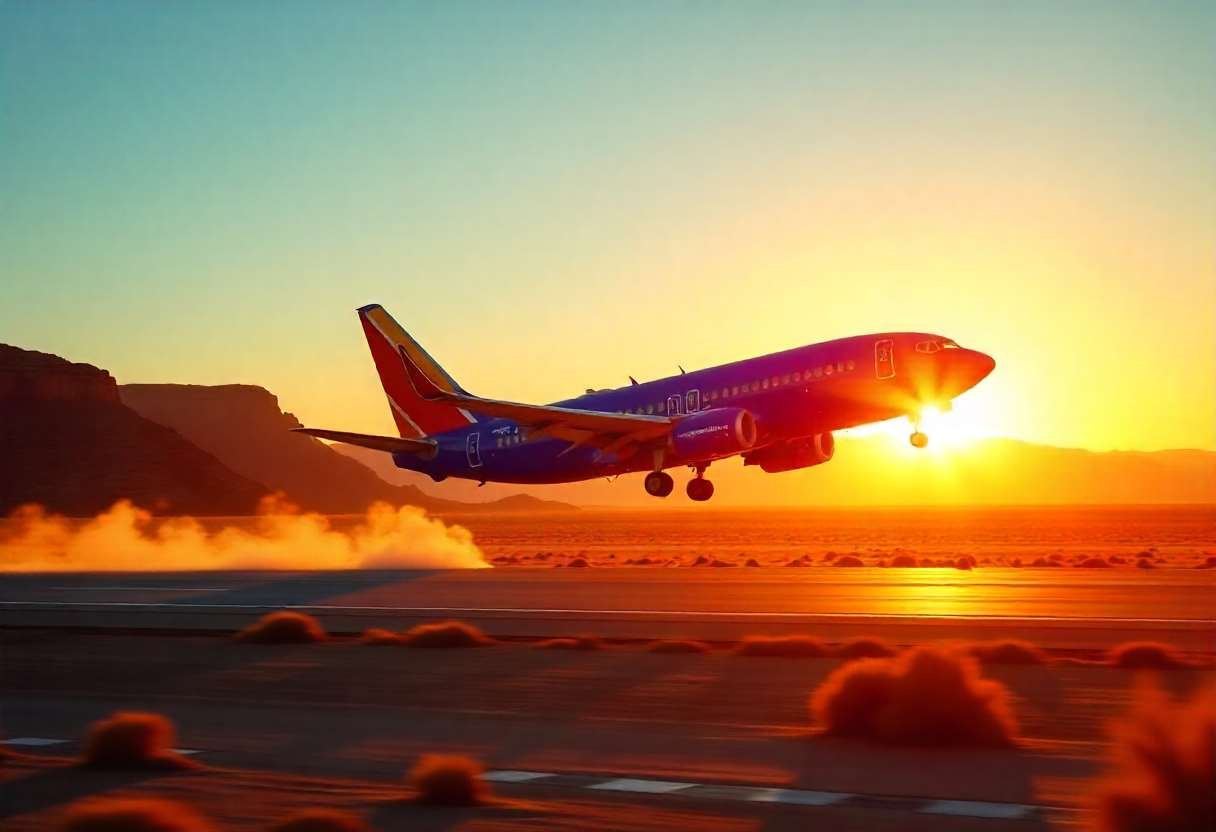
Saturday, August 2, 2025
AirAsia has taken a significant step toward enhancing travel connectivity between Southeast Asia and Central Asia with the launch of new direct flights. This expansion is part of AirAsia’s ongoing efforts to bring affordable and convenient travel options to emerging markets, and it promises to make travel to Central Asia more accessible for international tourists.
As travelers increasingly look to explore new regions, Central Asia is becoming a top contender on the travel map. With its rich cultural history, remarkable architectural sites and diverse landscapes, this region offers an exciting mix of adventure, history and culture. The addition of these new routes is a clear indication that AirAsia is positioning itself as a key player in the growing tourism and business sectors in Central Asia. The routes will provide passengers from Southeast Asia and beyond with greater access to this captivating region of the world.
New Direct Flights Connecting Southeast Asia to Central Asia
This city is often referred to as the gateway to the region’s diverse geography, from towering mountain peaks to serene lakes and scenic parks. It is also a hub of cultural and economic activity, making it a prime destination for both leisure travelers and business professionals. With a flight duration of around 6 hours, AirAsia is making it easier for travelers from Southeast Asia to access this region’s rich offerings.
For tourists, this destination offers a must-visit experience with its scenic parks, ski resorts, and breathtaking landscapes. Visitors can explore the dynamic blend of architectural styles and enjoy the nearby outdoor activities. AirAsia’s route will open up these incredible experiences to a wider audience, enhancing tourism between Southeast Asia and Central Asia.
Moreover, this flight also promises to encourage more business and economic exchanges between the region and Southeast Asia, particularly in sectors such as energy, agriculture, and technology. As both regions seek to strengthen bilateral relations, this new AirAsia route will undoubtedly play a pivotal role in facilitating economic exchange and cultural collaboration.
Introducing New Flights to Central Asia’s Historic Capital
AirAsia is also making its mark in another key Central Asian destination with new flights connecting Kuala Lumpur to the region’s historic capital. As one of Central Asia’s largest and most significant cities, it is rapidly emerging as a key destination for travelers seeking to explore the region’s ancient history, stunning architecture, and dynamic local culture.
The new AirAsia flights will provide more affordable options for tourists interested in exploring Central Asia’s cultural gems and emerging tourism scene, with direct connections from Southeast Asia. For business travelers, the region’s growing market and strategic location make it an essential hub for various sectors, including energy, mining, and manufacturing.
AirAsia’s Commitment to Affordable Travel
AirAsia has long been known for its low-cost fares and commitment to making air travel more accessible. By introducing new direct routes to Central Asia, the airline continues its mission to provide affordable, reliable, and comfortable travel options for all types of passengers. Whether traveling for business or leisure, AirAsia’s budget-friendly fares make it easier for people to discover new destinations, including those that have traditionally been less accessible.
The airline’s expansion into Central Asia is a strategic move to cater to the growing demand for travel in these emerging destinations. As travelers increasingly seek to experience new cultures and regions, AirAsia’s affordable flights ensure that exploring Central Asia’s unique destinations is within reach for more people. The new routes will also likely contribute to boosting the local tourism industries by attracting more international visitors, eager to discover these largely untapped regions.
Boosting Tourism and Economic Growth in Central Asia
AirAsia’s new routes to Central Asia are expected to have a significant impact on the region’s tourism industries. Despite being home to some of the most historically significant landmarks in the world, Central Asia has not yet reached its full tourism potential. The introduction of affordable air travel will make it easier for international tourists to visit and explore the region, helping to unlock its tourism potential.
In addition to tourism, these new routes will also contribute to economic growth by increasing business exchanges between Central Asia and Southeast Asia. As the region continues to develop its economy and attract foreign investment, AirAsia’s services will provide an essential link between Central Asia and the global market.
Central Asia Beckons Travelers with New AirAsia Routes
AirAsia’s expansion into Central Asia marks a significant milestone for both the airline and travelers eager to explore this unique region. With new flights that provide easy and affordable access, AirAsia is helping to foster greater cultural exchange, tourism, and business between Southeast Asia and Central Asia.
As AirAsia continues to grow its network, the airline’s role in bringing Central Asia to the global stage is becoming increasingly evident. These new routes will not only encourage more people to visit the region but will also pave the way for stronger international ties, stimulating tourism and contributing to the region’s economic growth.
With the addition of these routes, AirAsia is playing a pivotal role in promoting tourism, supporting economic growth, and fostering greater cultural exchange between Southeast Asia and Central Asia. As these destinations gain visibility on the global travel map, AirAsia’s commitment to expanding its network ensures that more travelers will have the chance to discover the wonders of this dynamic region.
Flight Buzz
US Travel Disrupted As More Than 70 Flights Grounded And Multiple Delays At Denver International Affect Major Cities Including New York, Los Angeles, And Chicago

Monday, August 4, 2025
Travel disruptions at major U.S. airports have reached worrying levels. Over 800 flights were affected, leading to widespread frustration among passengers. Denver International Airport (DEN), New York’s John F. Kennedy International (JFK), Dallas-Fort Worth International (DFW), and San Francisco International (SFO) were among the worst hit, suffering from major delays and cancellations. At Denver International, there were a total of 882 delays and 79 cancellations, disrupting travel to big cities like New York, Los Angeles, Dallas, and Chicago. This left many passengers stranded or needing to change their travel plans. SkyWest Airlines was the most affected, with 63 cancellations (13% of the total) and 161 delayed flights (34% of all delays). United Airlines and Delta Air Lines also faced serious issues. United reported 318 delays (46% of all delays), while Delta had 27 delayed flights, impacting 40% of their scheduled departures. Travelers should stay informed and regularly check their flight status to manage the ongoing disruptions, as weather conditions and staffing issues continue to affect airport operations.
Flight Cancellations: Top Airlines and Affected Routes
SkyWest and United Airlines experienced the most cancellations among U.S. carriers. SkyWest, a regional airline, canceled 13% of its flights, while United Airlines had a 1% cancellation rate. Delta Air Lines, Southwest Airlines, and American Airlines were also affected, but less so.
- SkyWest: 63 cancellations (13% of total flights)
- United Airlines: 7 cancellations (1% of total flights)
- Delta Air Lines: 4 cancellations (5% of total flights)
- Southwest Airlines: 2 cancellations (0% of total flights)
- American Airlines: 2 cancellations (4% of total flights)
Other airlines, like Frontier, British Airways, and Icelandair, saw few cancellations, with only one or two flights affected. Despite these small numbers, larger airlines felt a bigger impact due to the volume of passengers they handle during peak travel times.
Delays and Operational Strain at Major U.S. Airports
Passengers faced frustration not only from cancellations. Delays were also widespread at major U.S. airports. Denver International (DEN) reported 458 delayed flights, amounting to 45% of its scheduled departures. New York’s JFK had 426 delays, while San Francisco International (SFO) and Los Angeles International (LAX) followed closely.
- Denver International (DEN): 39 cancellations, 426 delays (45%)
- New York JFK (JFK): 41 cancellations, 458 delays (39%)
- Dallas-Fort Worth International (DFW): 6 cancellations, 300 delays (55%)
- San Francisco International (SFO): 2 cancellations, 10 delays (58%)
- Los Angeles International (LAX): 1 cancellation, 4 delays (66%)
Delays often stem from factors like bad weather, air traffic control issues, and ongoing staffing shortages. The mix of canceled flights and long delays has created a difficult situation for passengers, many of whom struggle to find alternative flights or rebook.
Why Are These Cancellations and Delays Happening?
Several reasons contribute to the high rate of cancellations and delays. A key factor is that the airline industry has not fully recovered from the pandemic. Staffing shortages limit flight frequencies and create operational challenges, worsening delays when unexpected problems occur.
Weather issues have also played a role, especially in places like Denver and Dallas, where storms disrupted flight schedules. Additionally, air traffic congestion at major hubs can cause delays, particularly in the busy summer months, as airlines manage the flow of aircraft.
Tight flight schedules and increased summer demand add to the high rate of delays. With fewer flights to accommodate last-minute travelers, airlines often have to make quick decisions, which can lead to cancellations.
Travel Tips to Navigate Disruptions
For travelers dealing with cancellations and delays, here are some steps to lessen the inconvenience:
- Plan Ahead: If possible, book flights during off-peak hours when demand is lower, and the chances of cancellations or delays are reduced.
- Check Flight Status Regularly: Stay informed about your flight status and any possible changes through your airline’s app or website.
- Use Travel Insurance: Insurance can help cover extra costs from flight disruptions, like hotel stays and meals.
- Consider Alternative Routes: If your flight is canceled, check with the airline for alternate routes or nearby airports for rerouting.
- Be Flexible: Being flexible with your travel dates and times can help you steer clear of peak times when disruptions are likely.
By staying informed and prepared, travelers can lessen the impact of these disruptions.
Conclusion: The Ongoing Struggle for Airline Stability
The disruption at major U.S. airports, especially at Denver International, shows the ongoing problems the airline industry faces. Over 800 flights were affected yesterday. The cancellations and delays caused significant ripple effects across U.S. and international routes, including New York, Los Angeles, Dallas, and Chicago. As airlines struggle with staffing shortages, weather issues, and high travel demand, passengers should remain flexible and keep checking their flight status. With the increase in travel disruptions, travelers need to be ready for possible changes and should think about getting travel insurance to protect against unexpected events. While these problems might continue as summer travel goes on, there is hope that airlines will improve and provide smoother, more reliable travel experiences in the coming weeks.
(Source: U.S. Department of Transportation, Federal Aviation Administration, 2025)
Flight Buzz
Southwest Airlines Apologizes After Brief System Failure Grounds Departing Flights, Update You Need to Know
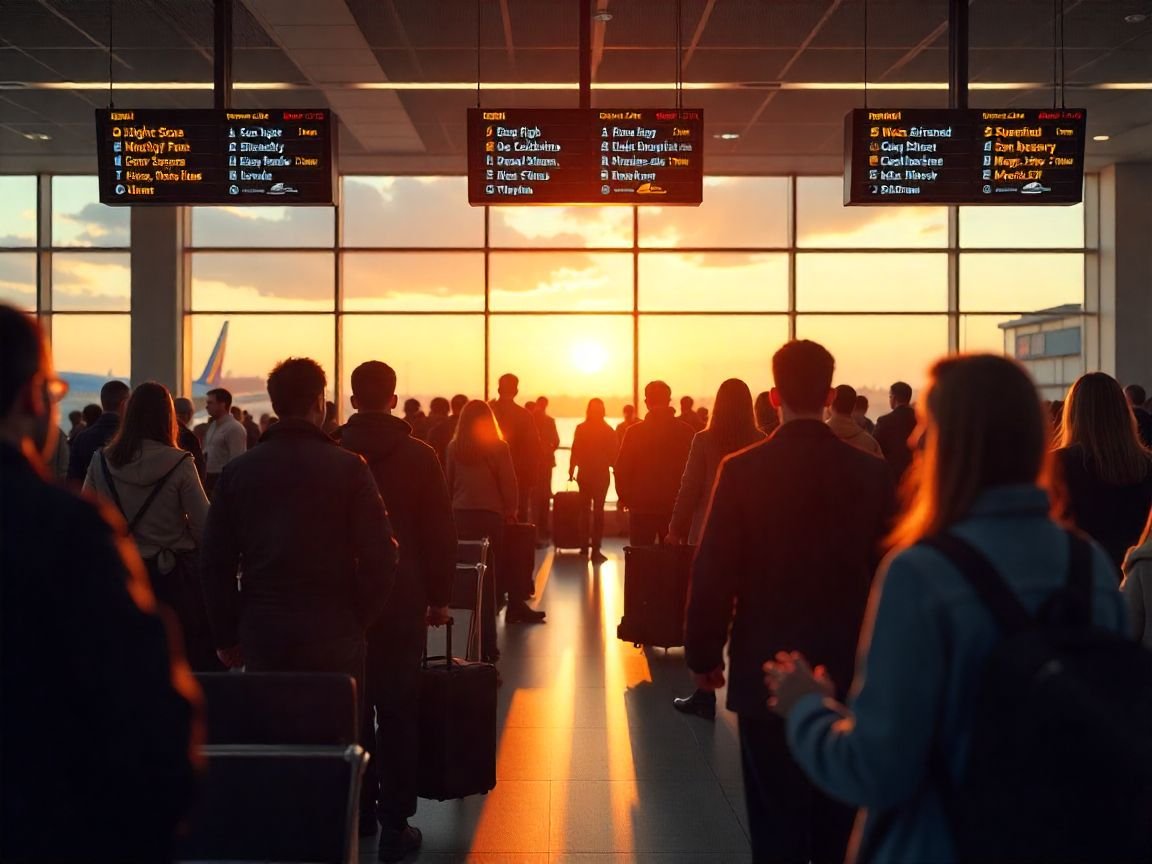
Monday, August 4, 2025
On July 31, Southwest Airlines faced an unexpected disruption that led to the grounding of all departing flights for several hours. The temporary halt was caused by a brief system failure, which affected the airline’s communication network. As a result, passengers experienced widespread delays and cancellations. Here is everything travelers need to know about the incident.
What Happened to Southwest Airlines?
The disruption began when Southwest Airlines encountered a communications issue that impacted its dispatching and operations systems. This malfunction caused the airline to halt all departing flights. A statement from Southwest confirmed the technical issue, clarifying that the airline’s departure process was temporarily suspended due to the brief outage.
The airline worked quickly to restore normal operations, with departures resuming shortly after the issue was resolved around 2 p.m. ET. Southwest Airlines assured customers that nothing was more important to them than the safety of their passengers and employees.
Impact on Passengers
Although Southwest Airlines informed passengers about the delay, confusion arose as the departure boards did not accurately reflect the status of flights. Travelers were presented with both original and revised departure times, making it difficult for them to determine whether their flights had been delayed or canceled.
In response to the confusion, Southwest Airlines spokesperson Lynn Lunford apologized to passengers, emphasizing that the airline’s primary focus was on ensuring the safety and satisfaction of their guests. She assured that the airline would continue to work diligently to minimize the impact of the disruptions.
The airline’s efforts to resolve the situation allowed for a resumption of services, but not without causing significant delays. Around 40 percent of Southwest flights were delayed and approximately 2 percent of flights were canceled due to the severe weather conditions affecting parts of the Northeast.
Broader Aviation Industry Impact
Southwest Airlines was not alone in facing disruptions. The broader aviation industry also experienced significant delays and cancellations on July 31. By 10 am on August 1, more than 600 flights were canceled nationwide and over 2,100 flights were delayed across various U.S. airports. The impact of weather conditions in the Northeast and the Southwest Airlines system failure contributed to this disruption.
The incident also highlighted the importance of reliable communication systems for airline operations. Such disruptions, although rare, have a far-reaching effect on the entire travel experience. Passengers are often left stranded in airports with limited information, which can lead to frustration and confusion.
What Should Passengers Do in Similar Situations?
In the event of a disruption like the one experienced by Southwest Airlines, it is important for travelers to stay informed. Airlines typically provide updates via their official websites, mobile apps and social media platforms. It is recommended that passengers check their flight status regularly and contact the airline if there are any concerns about delays or cancellations.
Additionally, passengers are advised to understand their rights in such situations. In the U.S., the Department of Transportation (DOT) ensures that airlines provide compensation for certain delays and cancellations. Travelers are entitled to compensation if their flight is significantly delayed or canceled, especially when the cause of the disruption is within the airline’s control.
Conclusion
While Southwest Airlines’ system failure on July 31 created temporary disruptions for thousands of passengers, the airline quickly resolved the issue and resumed operations. The incident serves as a reminder of how crucial operational systems are to the smooth functioning of the aviation industry. Although delays and cancellations are a part of air travel, staying informed and understanding passenger rights can help alleviate the stress and frustration caused by such disruptions.
Flight Buzz
Over 400 Flights Canceled Across US, Including in Colorado, Georgia, New Jersey, Texas, and Washington, Causing Major Disruptions and Stranding Tourists During Peak Summer Travel
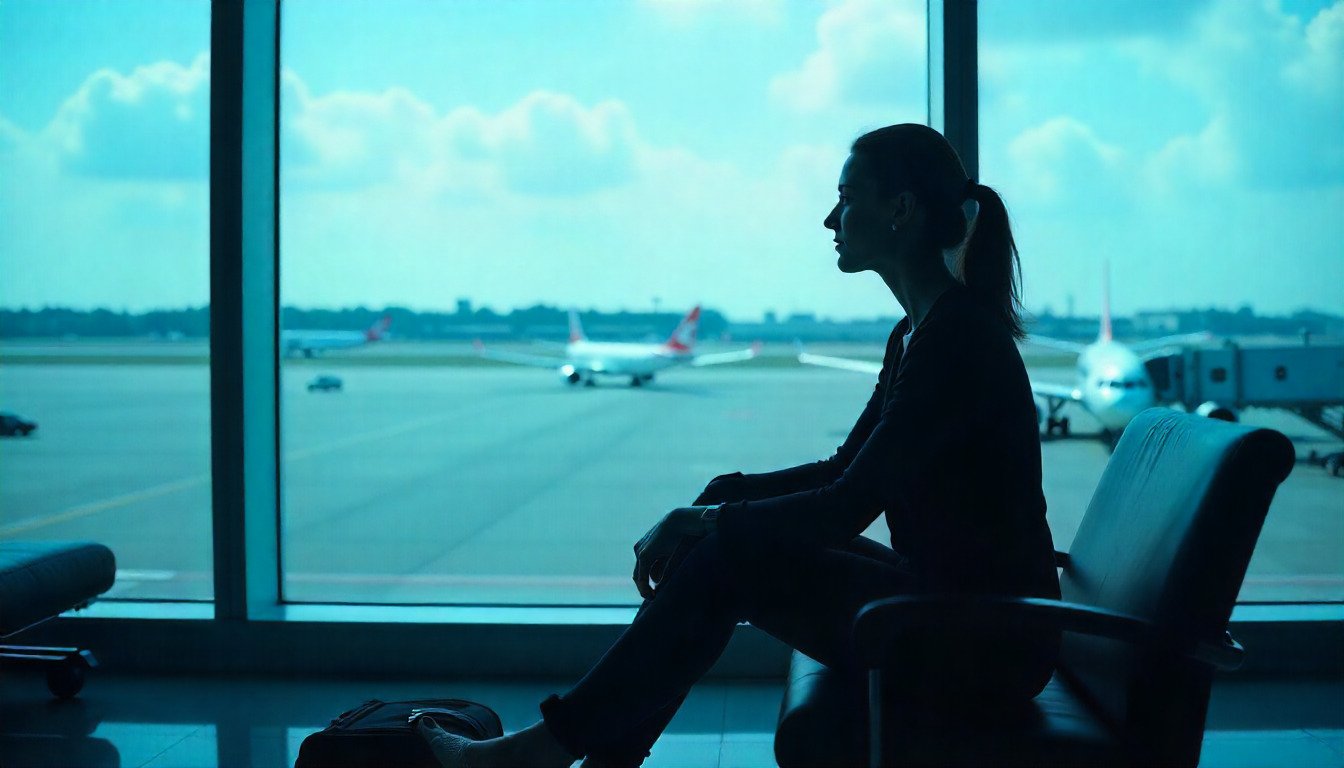
Monday, August 4, 2025
Over 400 flights were canceled at US across Colorado, Georgia, New Jersey, Texas, and Washington, where a mix of summer thunderstorms and high winds are typical. Many flights across important hubs were suspended, resulting in the cancellation of multiple flights. Additionally, the high number of passengers in summer added to the already existing operational problems for both airports and airlines. Many travelers faced multiple delays, making traveling during the summer peak season even more inconvenient.
Severe weather conditions led to over 400 flight cancellations across major U.S. airports, severely disrupting travel during the peak summer season. At Denver International Airport in Colorado, 79 flights were canceled, accounting for about 13% of SkyWest’s flights, while 882 delays were reported, with United and Delta facing significant disruptions. Hartsfield-Jackson Atlanta International Airport in Georgia experienced 84 cancellations (including 5% of Delta Air Lines’ flights) and 585 delays, primarily affecting Delta and American Airlines. Newark Liberty International Airport in New Jersey saw 48 cancellations (22% of GoJet’s flights) and 490 delays, with United and Republic Airlines among the most impacted. Dallas-Fort Worth International Airport in Texas had 25 cancellations (mostly by American Airlines) and 685 delays, with SkyWest and other carriers also affected. Finally, Seattle-Tacoma International Airport in Washington dealt with 19 cancellations and 580 delays, primarily impacting Delta, Alaska Airlines, and United. These disruptions left thousands of travelers stranded and caused significant challenges for airlines and airports amidst the summer travel rush.
Major Cancellations at Key U.S. Airports
At Denver International Airport in Colorado, passengers faced the brunt of the cancellations, with 79 flights grounded and a staggering 882 delays reported. Airlines such as SkyWest, United, and Delta were among the most affected, with SkyWest canceling 63 flights and causing significant delays for hundreds of travelers.
Meanwhile, at Hartsfield-Jackson Atlanta International Airport in Georgia, 84 flights were canceled, and 585 flights were delayed. Delta Air Lines, which is headquartered in Georgia, saw the highest number of cancellations and delays, causing frustration for passengers trying to catch their flights.
New Jersey’s Newark Liberty International Airport was also impacted, with 48 cancellations and 490 delays. United Airlines, one of the largest carriers operating out of Newark, experienced significant disruptions, along with regional carriers like GoJet and Republic.
In Texas, Dallas-Fort Worth International Airport reported 25 cancellations and 685 delays, creating a ripple effect across the state. American Airlines and SkyWest saw the highest numbers of canceled flights, stranding numerous passengers.
Lastly, Seattle-Tacoma International Airport in Washington faced 19 flight cancellations and 580 delays. Airlines like Delta and Alaska Airlines were affected, with passengers left waiting for updates and scrambling to find alternative travel options.
Travel Chaos During Peak Summer Season
The timing of these cancellations couldn’t be worse. With summer travel in full swing, millions of passengers across the country are heading to vacation destinations, attending events, or returning home. The widespread cancellations have left travelers scrambling for new flights, while some have seen their plans delayed by hours or even days.
Airlines and airport staff are working to manage the backlog, but the sheer volume of delays and cancellations has created widespread frustration. The situation has been especially tough for tourists, many of whom are not familiar with the airports and travel systems in the U.S.
Travel experts are advising passengers to stay updated on their flight statuses and to check with their airlines for compensation options or alternative flight arrangements. Some airlines are offering vouchers and hotel accommodations for stranded passengers, while others are working to rebook them on later flights.
Impact on the Travel Industry
These disruptions are causing significant economic impacts. Many travelers have missed important meetings, connections, or special events, while others have faced the inconvenience of having to make last-minute arrangements for accommodations and transportation. In addition, the backlog of delayed flights has placed immense pressure on ground crews and airport facilities, further slowing the recovery process.
For the tourism industry, the impact is also being felt, especially in cities with high volumes of incoming tourists. The disruptions have led to a loss of confidence among travelers, with some choosing to delay their trips or reconsider flying altogether.
How to Navigate Flight Disruptions
If you’re traveling through these airports or others experiencing delays, here are some steps you can take:
- Monitor your flight status regularly: Check the airline’s website, mobile app, or third-party tracking tools to stay updated on cancellations and delays.
- Know your rights: In the event of significant delays or cancellations, passengers may be entitled to compensation under U.S. Department of Transportation regulations. Make sure to familiarize yourself with your airline’s policies.
- Plan for delays: Pack extra snacks, water, and entertainment, as well as any necessary medications. Stay connected to your airline’s customer service team for the latest updates.
- Consider travel insurance: If you have upcoming travel plans, consider purchasing travel insurance to help mitigate the financial impacts of flight disruptions.
Severe weather conditions, including thunderstorms and high winds, resulted in the cancellation of over 400 flights across the U.S., including in Colorado, Georgia, New Jersey, Texas, and Washington. These disruptions caused significant travel delays and stranded tourists during the peak summer travel season, leaving passengers frustrated and scrambling for alternative arrangements.
With over 400 flights canceled across key airports in the U.S., travelers are experiencing severe disruptions at a time when they should be enjoying their vacations. As airlines and airport staff continue to handle the aftermath of these cancellations, passengers are urged to remain patient and stay informed. Hopefully, with additional resources and cooperation, the travel industry will bounce back from this summer’s disruptions, ensuring smoother travel for future passengers.
-

 Brand Stories2 weeks ago
Brand Stories2 weeks agoBloom Hotels: A Modern Vision of Hospitality Redefining Travel
-

 Brand Stories1 week ago
Brand Stories1 week agoCheQin.ai sets a new standard for hotel booking with its AI capabilities: empowering travellers to bargain, choose the best, and book with clarity.
-

 Destinations & Things To Do2 weeks ago
Destinations & Things To Do2 weeks agoUntouched Destinations: Stunning Hidden Gems You Must Visit
-

 Destinations & Things To Do1 week ago
Destinations & Things To Do1 week agoThis Hidden Beach in India Glows at Night-But Only in One Secret Season
-

 AI in Travel2 weeks ago
AI in Travel2 weeks agoAI Travel Revolution: Must-Have Guide to the Best Experience
-

 Brand Stories1 month ago
Brand Stories1 month agoVoice AI Startup ElevenLabs Plans to Add Hubs Around the World
-

 Brand Stories3 weeks ago
Brand Stories3 weeks agoHow Elon Musk’s rogue Grok chatbot became a cautionary AI tale
-

 Asia Travel Pulse4 weeks ago
Asia Travel Pulse4 weeks agoLooking For Adventure In Asia? Here Are 7 Epic Destinations You Need To Experience At Least Once – Zee News
-

 AI in Travel4 weeks ago
AI in Travel4 weeks ago‘Will AI take my job?’ A trip to a Beijing fortune-telling bar to see what lies ahead | China
-

 Brand Stories4 weeks ago
Brand Stories4 weeks agoChatGPT — the last of the great romantics

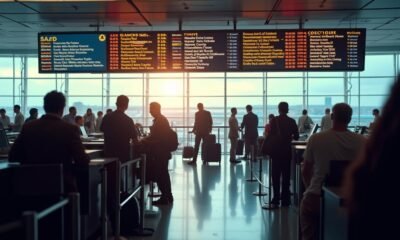

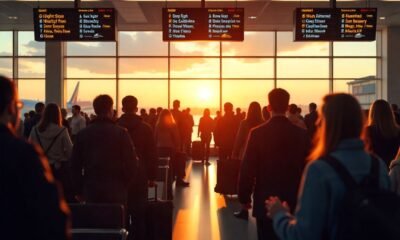



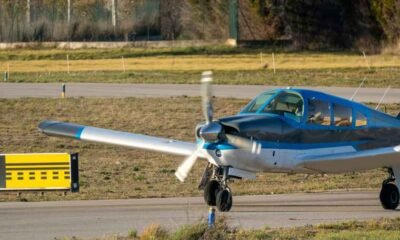





You must be logged in to post a comment Login